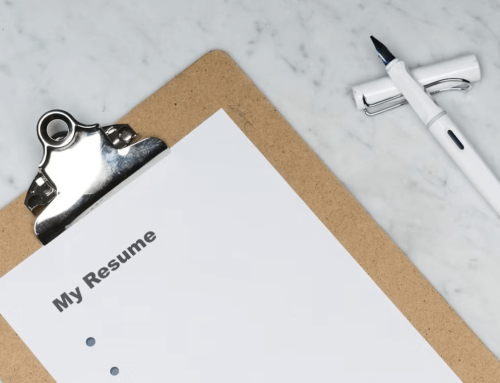How to Ace Remote Job Interviews in 2025

Tabel of Content
The remote work revolution is here to stay. By 2025, over 40% of U.S. companies are expected to offer hybrid or fully remote roles, according to recent workforce trends. As competition for these coveted positions intensifies, acing remote job interviews has become a critical skill for professionals nationwide. Whether you’re a seasoned remote worker or new to the virtual job market, this guide will equip you with actionable strategies to stand out and land your dream remote job in the USA.
1. Understand the 2025 Remote Job Landscape
Before diving into interview prep, familiarize yourself with the evolving remote work ecosystem. Employers now prioritize skills like digital collaboration, asynchronous communication, and cultural fit in distributed teams. Key industries offering remote job opportunities in the USA include tech, healthcare, marketing, customer service, and education.
Pro Tip: Use platforms like LinkedIn, Remote.co, and FlexJobs to filter roles by location (e.g., “remote jobs USA”) and industry. Follow companies with strong remote-first cultures, such as GitLab or Zapier, to learn their expectations.
2. Prepare Like a Pro: Research and Rehearse
Research the Company’s Remote Culture
Employers want candidates who align with their remote work policies. Dive into their:
- Communication tools (Slack, Microsoft Teams).
- Work hours flexibility (time zones, core hours).
- Performance metrics (results-driven vs. time-tracking).
Master Remote-Specific Interview Questions
Expect questions like:
- “How do you stay productive without supervision?”
- “Describe a time you resolved a conflict remotely.”
- “What tools do you use to manage deadlines?”
Conduct Mock Interviews
Simulate video calls using platforms like Zoom or Google Meet. Record yourself to assess body language, eye contact, and background setup.
3. Showcase Your Remote-Ready Skills
Highlight competencies that prove you’ll thrive in a work-from-home job:
- Self-Motivation: Share examples of projects you completed independently.
- Tech Savviness: Mention proficiency with VPNs, cloud software, or project management tools (e.g., Asana, Trello).
- Communication: Emphasize clear, concise written and verbal skills.
4. Optimize Your Tech Setup
Technical glitches can derail even the strongest candidates. Ensure a flawless interview with:
- Reliable Internet: Use a wired connection or high-speed Wi-Fi.
- Professional Background: Choose a clutter-free, well-lit space.
- Backup Plans: Have a secondary device ready and share your phone number in case of connectivity issues.
5. Ace the Virtual Interview Etiquette
- Dress Professionally: Avoid overly casual attire, even for remote roles.
- Engage Actively: Nod, smile, and use the interviewer’s name to build rapport.
- Ask Insightful Questions: Inquire about team dynamics, remote onboarding, or company-wide communication practices.
6. Follow Up Strategically
Within 24 hours, send a personalized thank-you email reiterating your enthusiasm and fit for the role. Example:
“I enjoyed discussing how my experience with asynchronous communication aligns with [Company]’s remote-first approach…”
7. Avoid Common Remote Interview Pitfalls
- Ignoring Time Zones: Confirm the interview time in your local and the company’s time zone.
- Neglecting Remote Policies: Ask about cybersecurity requirements or equipment stipends.
- Overlooking Soft Skills: Remote roles demand empathy and adaptability—demonstrate these traits.
Final Thoughts: Embrace the Future of Work
Remote job opportunities in the USA are expanding rapidly, but so is the competition. By mastering virtual interviews, showcasing remote-specific skills, and staying adaptable, you’ll position yourself as a top candidate in 2025’s dynamic job market.





